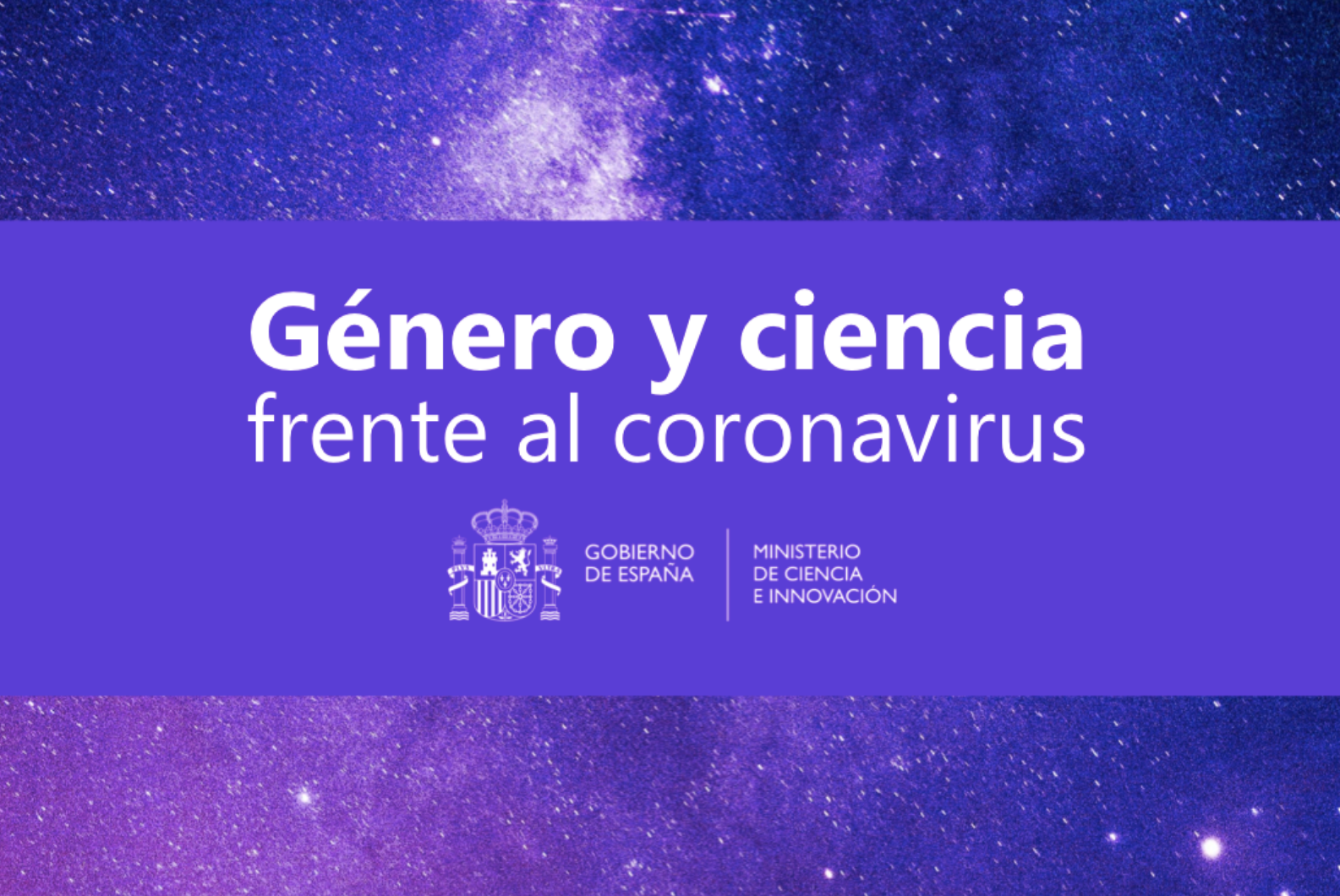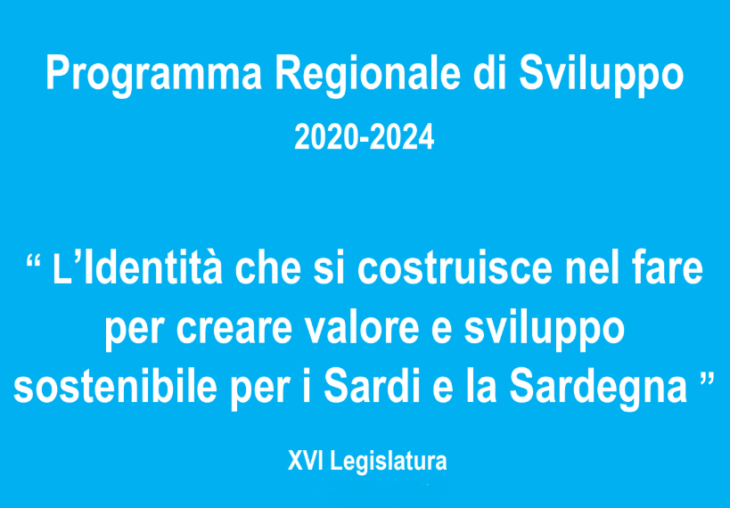Gender equality in R&I ecosystems: engaging external actors in institutional change processes
By Maria Sangiuliano (Research Director and CEO at Smart Venice, CALIPER scientific coordinator)
In recent years ERA policies on gender equality in research have expanded their scope to cover innovation at large. This is reflected in several policy documents, and responds to an overarching emphasis on bridging academic research with society and the economy, an orientation that is visible in the Horizon Europe Work Programme and the value attributed to research impact thereof.
More specifically, the European Commission most recent policy directions on Gender Equality in R&I and institutional change that seek for ‘inclusive’ Gender Equality Plans, refer to “multi-sectoriality” as one of the dimensions (along with intersectionality and geographic inclusiveness) on which a forthcoming Horizon Europe funded Centre of Excellence on gender in R&I and the next generation of sister projects on institutional change will be called to investigate, generate knowledge, and experiment about.
The H2020 CALIPER project was designed and is now implemented, since 2020, having multisectoriality as its key specific feature to be embedded in all steps of the institutional change process, from the internal assessment to the GEPs design and implementation phases, as well as in monitoring and evaluation. In concrete, this has implied for example an expanded scope for the internal initial assessment studies: Third Mission, Technology Transfer, Science Communication have been included to the usual recommended areas that are also part of the Horizon Europe requirement on GEPs. Also, the internal assessment/audits have been complemented by ‘external assessments’ and a gender sensitive mapping of innovation ecosystems using different methods including Social Network analysis, by each one of the 9 partner RPOs and RFOs, according to a specific set of indicators and to map.
Adopting a quadruple/multiple helix and gender sensitive approach to innovation ecosystems, all the 9 RPOs and RFOs have then formed their own “CALIPER R&I Hubs” engaging with national, regional and local authorities, private companies, social innovation actors and civil society (including feminist) organizations, as well as high schools and media. A co-creation process running in parallel with both internal and selected and motivated external actors has led to the design of GEPs. While the plans clearly keep their main focus on generating internal sustainable change, they include collaborative initiatives to be implemented in synergy with external actors: the purpose is thus to promote and support gender equality inward at the CALIPER partner organizations, while having an outward and multiplying effect at the territorial level.
At the consortium level, continuous efforts have been devoted since the very first phases on studying and sharing good and promising practices and criticalities potentially emerging from this approach, enquiring gender expert organizations, communities of practices, sister projects (SUPERA included), and the Advisory Board members. Specific, hands-on and interactive training sessions and modules have been delivered to partners including simulations on the engagement strategies to be devised.
All in all, we believe in the transformational potential of a multi-sectorial approach to gender equality in R&I, and at the same time we are aware of potential risks and tensions that might arise.
Even if the experience from the project is still ongoing as most of the partners have recently started the first GEPs’ iteration with some delay mostly due to the covid19 pandemic, our learning path on these matters can be summarized as follows:
- It is important to re-interpret and re-define the multisectorialy/intersectorial dimension of inclusive GEPs going beyond the mere interaction with the private sector, relying on gender and feminist interpretations of innovation ecosystems and, including those ‘marginal’ actors whose voices and positions are often more critical of mainstream (often gender blind or neutral) innovation policies and discourses.
- Synergy processes, alliances and exogenous change factors can be featured as potential levers, generating exchanges of gender expertise, facilitating internal consensus building particularly from high management positions, and their buy-in towards gender equality.
- At the same time, risks are to be taken into account, and efforts well balanced as external factors can become scapegoats to avoid taking full responsibility towards internal change, or lead to losing focus from the internal change dynamics that have an already high level of complexity to handle.
If you have experience and methods to share, we are more than interest to learn and interact on multi- inter-sectorial approaches to institutional change for gender equality, so do not hesitate to contact us!




